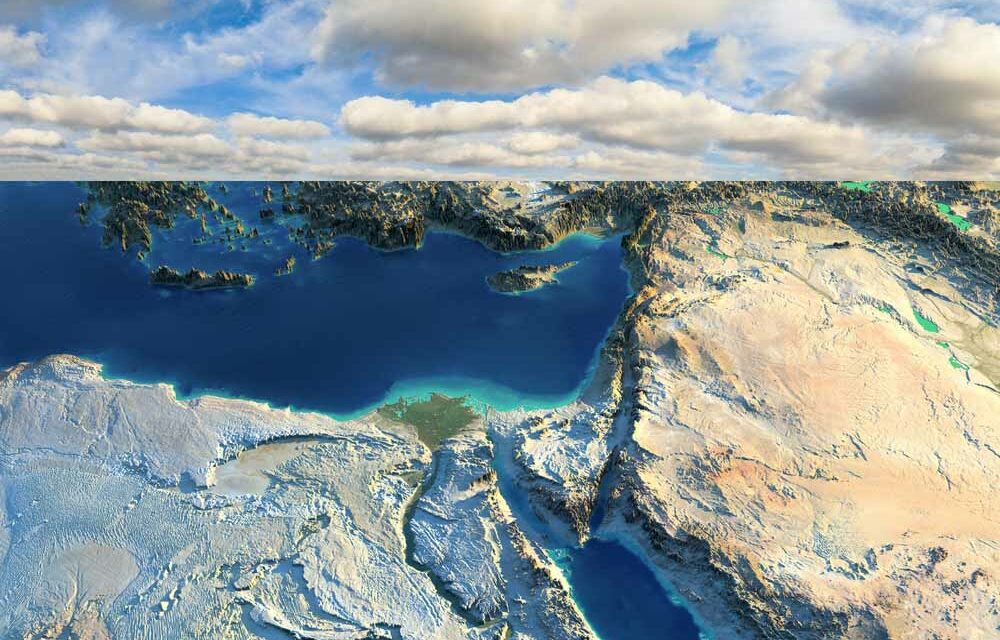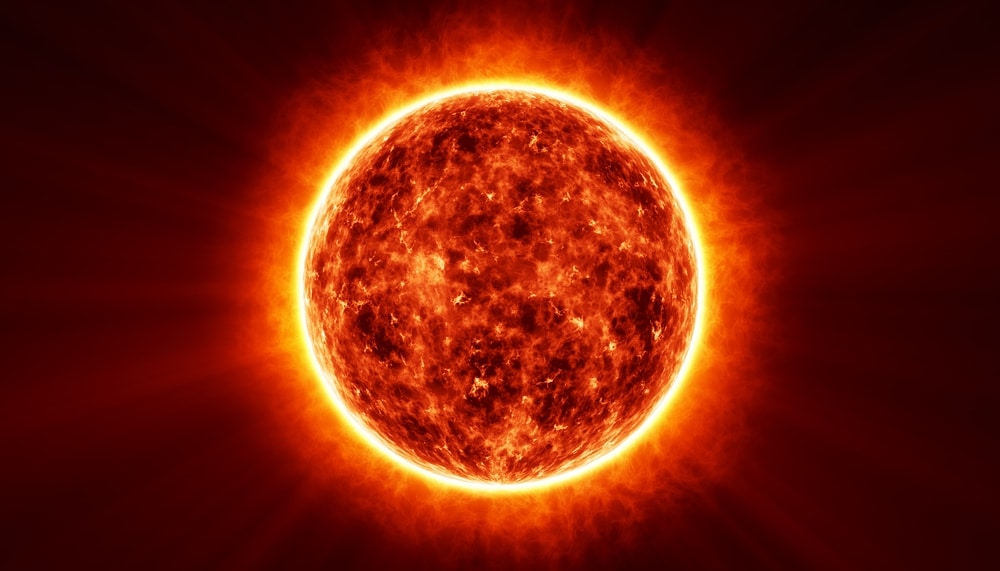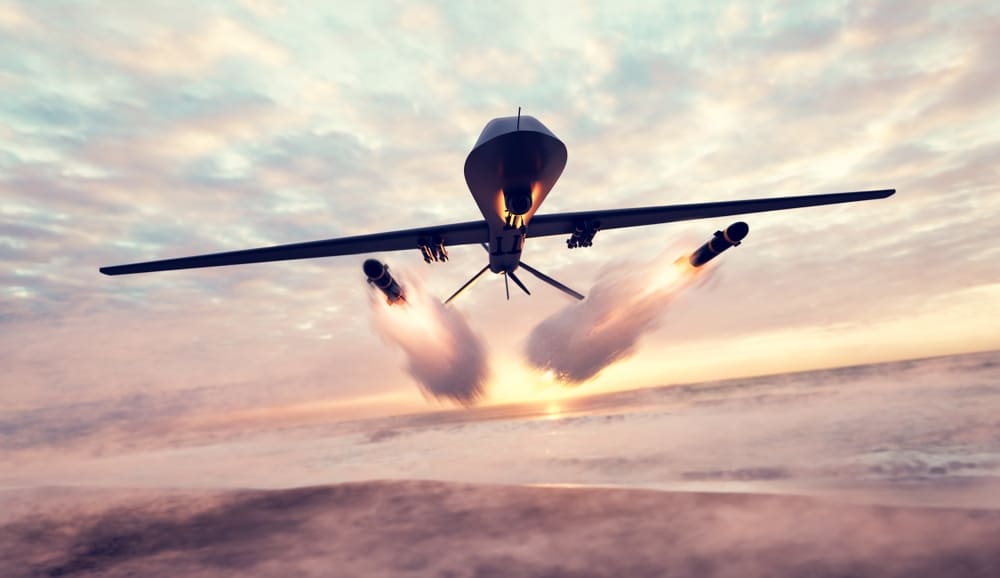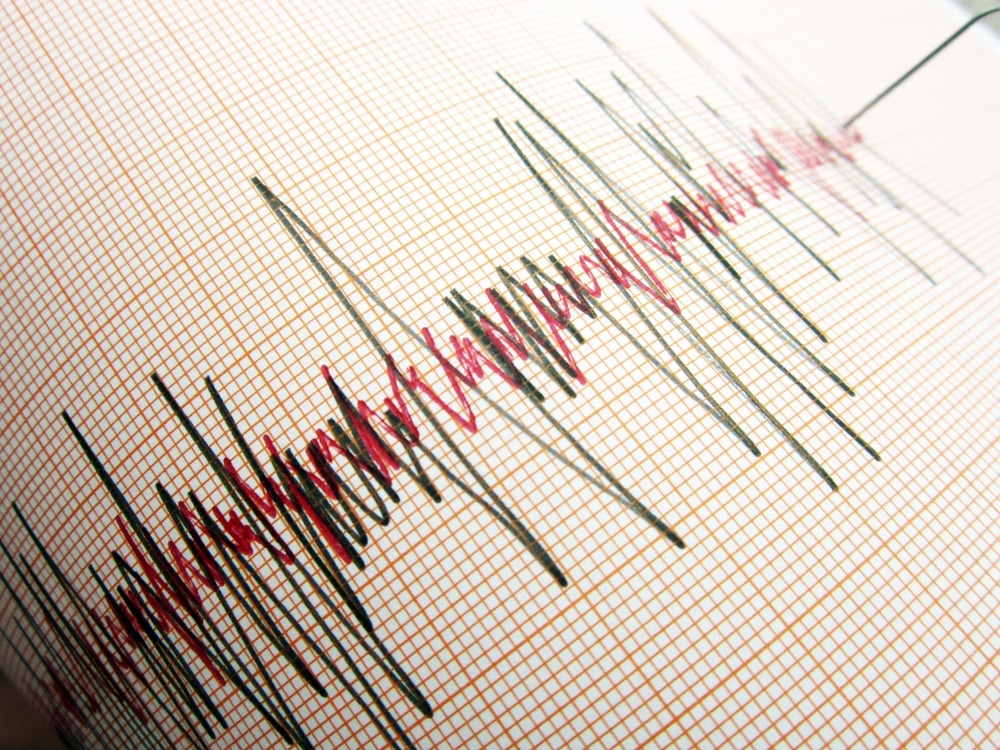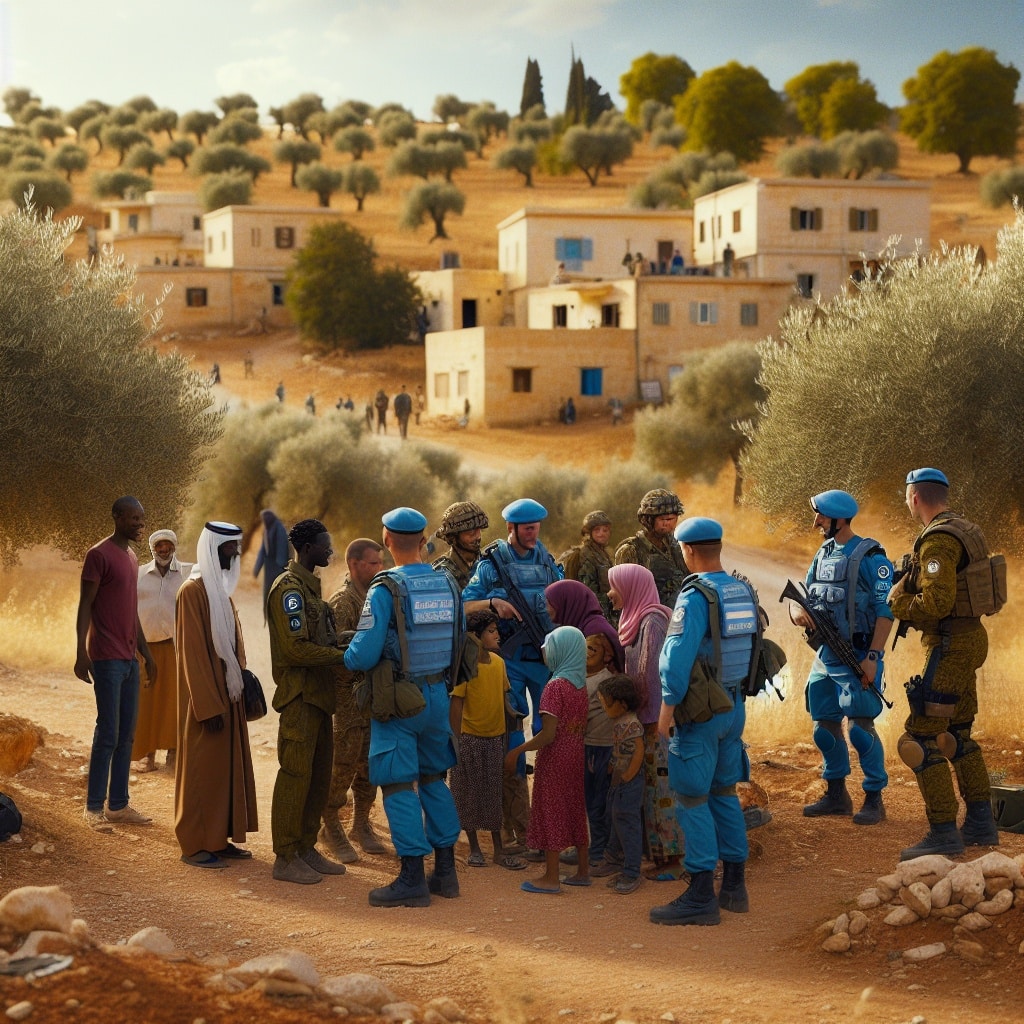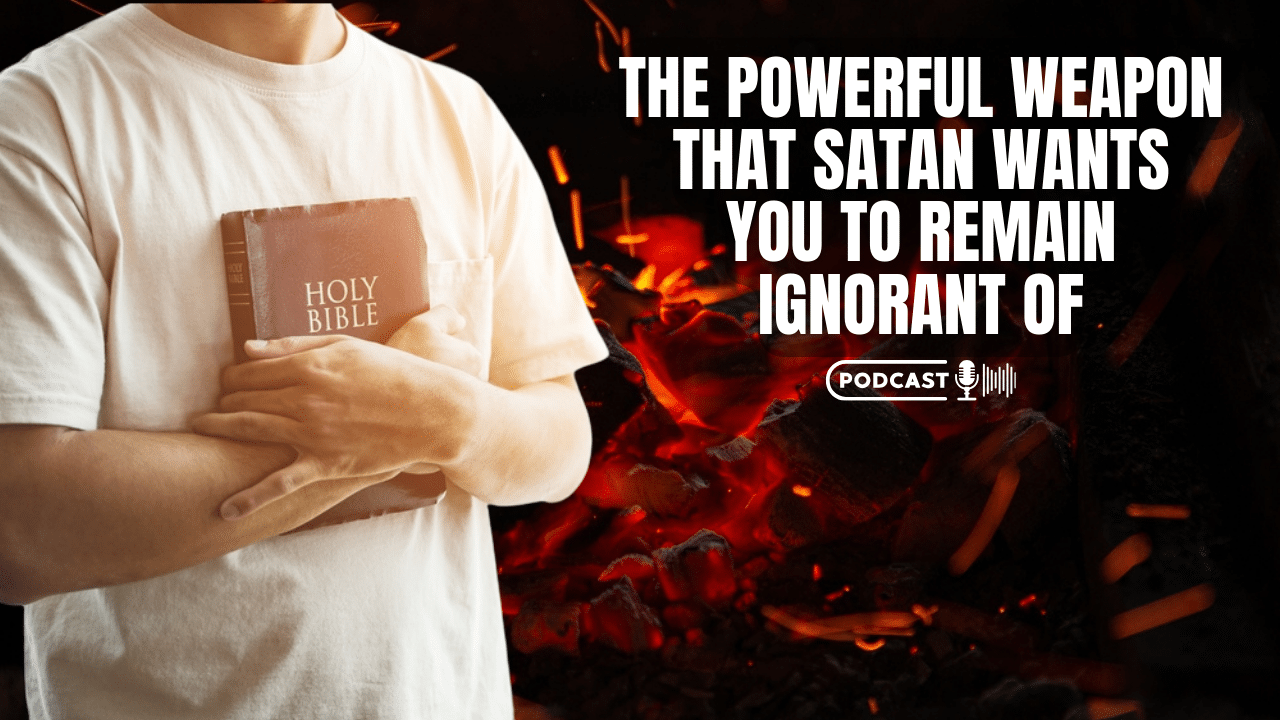(OPINION) The year 2022 is set to be the year that the Israeli Air Forces places its long-range strike capabilities against Iran’s nuclear program sites at the top of its priority list.
Recent years have seen the IAF focus on its ability to strike regional Iranian entrenchment activities, particularly in Syria, as well as prepare attack plans against Hezbollah in Lebanon based on the concept of unleashing of thousands of guided munitions per day, while also engaging in frequent Gaza escalations.
Now, however, the IAF’s planners have set their sights on targets Iranian soil. Iran’s nuclear sites–the most famous of which are the Natanz and Fordow uranium enrichment sites–are not only far away but also heavily fortified by advanced air-defense systems. In Fordow’s case, the facility is built deep inside a mountain.
Assessing the progress being made by Iran’s nuclear program is complex. On the one hand, the threshold for triggering an attack has obviously not been triggered, and for its part, Iran has announced a return to nuclear talks in Vienna with the United States and world powers. But it’s not yet clear whether those talks will lead to an actual agreement.
Even if they do, a return to the 2015 nuclear deal–the Joint Comprehensive Plan of Action (JCPOA)–would represent a very poor development for the region due to its short-term sunset clauses built into the arrangement, which would soon expire and pave the path for Iran to become a nuclear threshold state with full international legitimacy. A better, longer deal does not seem to be on the table at this stage.
While Iran appears to have frozen parts of its nuclear infrastructure that it would need to break through to the nuclear weapon–developing an explosive mechanism and working to place that mechanism on a missile warhead–it has made alarming progress on the most challenging aspect of building a nuclear weapon: amassing sufficient fissile material.
Israel’s sped-up military preparations are therefore a direct reflection of Iran’s own speeding up of its nuclear program. Iran enriched more than 120 kilograms of uranium to the 20 percent level in October, according to the IAEA–a major jump from the 84 kilograms that Iran had previously enriched a month earlier.
Iran is also openly enriching other, albeit smaller quantities of uranium to the 60 percent level, something no non-nuclear state would do. Assessments of how long Iran would need to break through to an actual weapon range from between 18 months to two years. That’s not a long time in strategic terms. READ MORE

